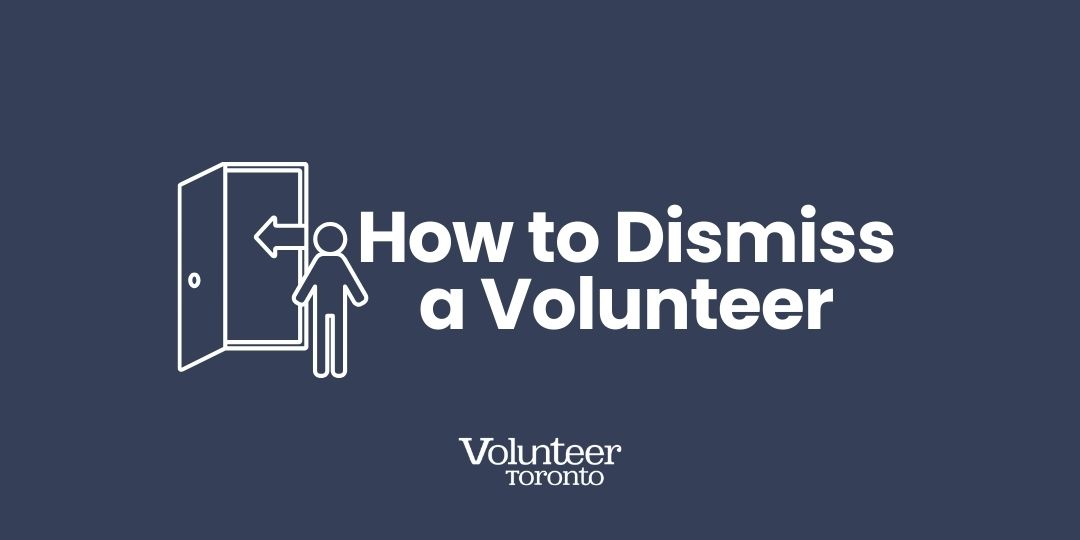Posted By Kasandra James,
September 28, 2015
|
 |
|
Estimated reading time: 10 minutes
While it can feel counterintuitive to dismiss or fire a volunteer, it’s an important and formal part of the engagement process. When there’s a volunteer performance or conduct issue, you want to take steps to provide feedback, suggest solutions and continuously follow up. When an issue becomes insurmountable, dismissal is the only path forward. Here are a few important considerations when planning for dismissal:
Focus on Prevention
Ensure volunteers have a clear understanding of their expectations and responsibilities. This should come alongside effective onboarding and training, including ongoing training to refresh volunteers on their duties and boundaries. While not every volunteer can be supervised regularly, you want to have processes in place to stay up to date on volunteer activities. This can help you prevent issues from worsening.
Understand the Cause
If there is an issue, it’s important to understand the underlying cause. There may be a disconnect between the volunteer’s expectation of what they should be doing in the role, or maybe they don’t feel properly equipped to fulfill the duties. Also consider how a volunteer’s personal life may impact their ability to perform the role. Ask volunteers if they know what they did wrong and if there’s anything impeding their ability to succeed.
Document the Plan
When you talk to a volunteer about an issue, make sure you focus on why the issue is a problem for the volunteer, client or organization. Also, be specific about changes you want to see. Then, write down that the conversation took place, and follow up with volunteers regularly. If they’re not able to make changes or improve, you have a clear path forward.
Consider the Alternatives
In a lot of cases, a volunteer may leave on their own, but they need the encouragement to know this is alright. Offer time off so a volunteer can deal with any personal matters, and keep in mind that they may not come back. Look at different roles or formats that could be a better fit, or refer them to another organization or program if appropriate.
Follow the Dismissal Procedure
You must have a dismissal policy BEFORE you dismiss the volunteer. This policy will clearly lay out the grounds for dismissal and the procedure for dismissal. For example, you may have a two-warning approach. Or you may determine that certain behaviour, conduct or performance leads to immediate dismissal. In any situation, follow this process exactly and document everything. This will include a formal letter to the volunteer informing them of dismissal.
While it can be hard, it is acceptable and appropriate to dismiss volunteers. It’s a real part of volunteer engagement and can’t be left as an afterthought!
What do you think? To get in on the discussion, join the next Subscriber Circle, where we will be discussing Volunteer Orientation.
Not subscribed with Volunteer Toronto? Check out the many benefits of being a Full Subscriber and register here.
|
Tags:
Conflict Resolution
Problem Volunteers
volunteer engagement
Volunteer help
Volunteer Management
Permalink
| Comments (0)
|